After recent news, Christopher Ward is more likely to be known for their affordable in-house SH21 movement than anything else, but if you look our archives, you’ll find most of our reviews are of their pilot’s watches. We’ve looked at the C8 MKII, the C10, the C11 and the C1000 Typhoon, all of which offer something different. The C8 MKII is fairly classic pilot, reminiscent of IWC MK series, the C10 is a more formal, with a touch of navigator DNA, the C11 is a modern instrument panel-style aviator and the C1000 Typhoon is a dark and stealthy modern pilot realized in ceramic. Today, we’re going to take a look at a follow up to the C8 MKII; the C8 Regulator.
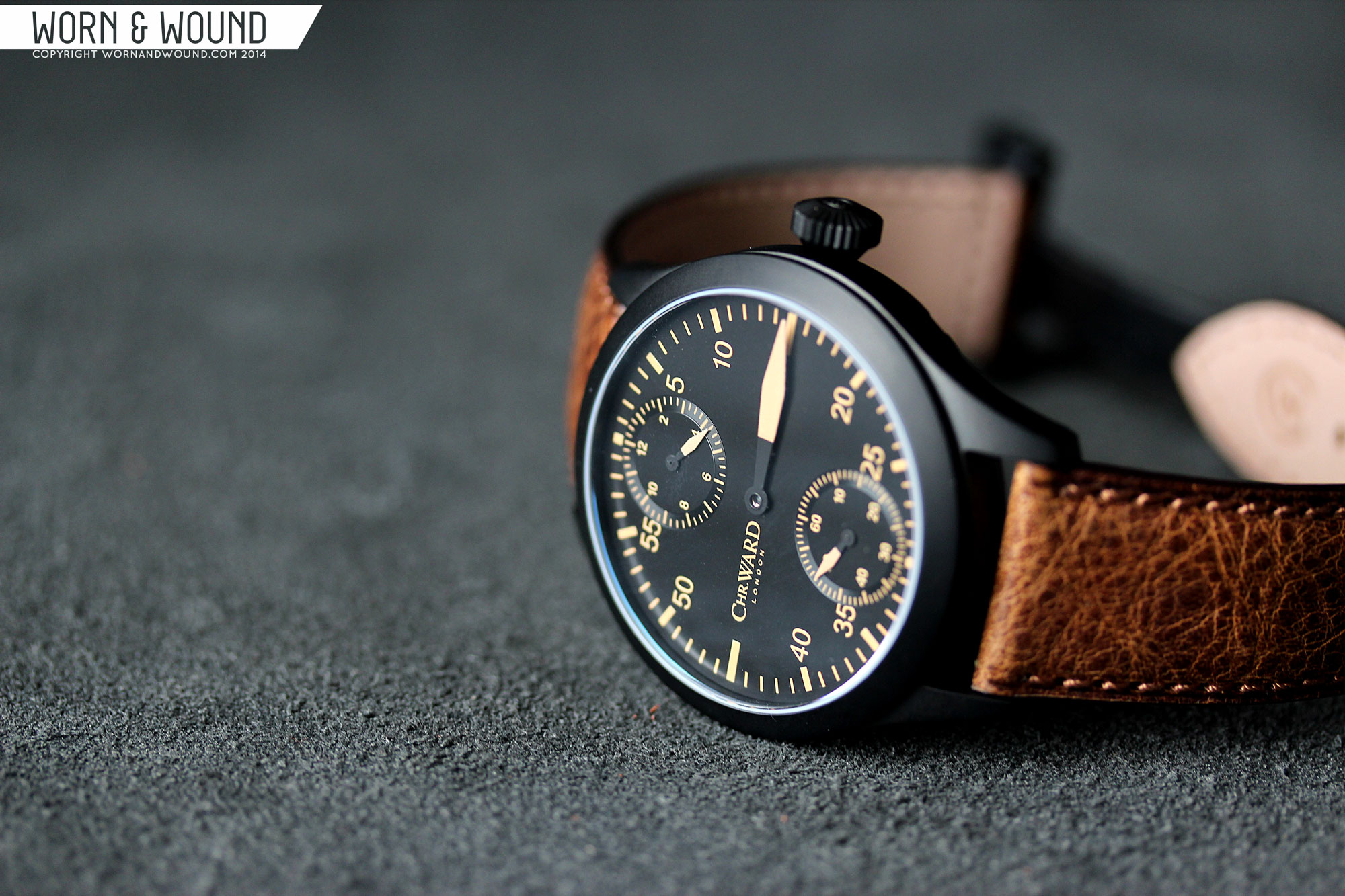 What sets this watch apart is indicated clearly in the name; it’s a regulator. This fairly uncommon complication splits the hour, minutes and seconds into 3 separate dials. Typically, as is the case with the C8, you have the hours and seconds as secondary sub-dials, and the minutes about the center. The concept behind this watch, as in why you are finding a regulator on a pilot’s watch, is that in WW2, regulator’s were supposedly used for timing bombing runs. With minutes being the most significant unit of time to pay attention too, it makes sense to emphasize them in this way.
What sets this watch apart is indicated clearly in the name; it’s a regulator. This fairly uncommon complication splits the hour, minutes and seconds into 3 separate dials. Typically, as is the case with the C8, you have the hours and seconds as secondary sub-dials, and the minutes about the center. The concept behind this watch, as in why you are finding a regulator on a pilot’s watch, is that in WW2, regulator’s were supposedly used for timing bombing runs. With minutes being the most significant unit of time to pay attention too, it makes sense to emphasize them in this way.
In order to achieve this functionality, Christopher Ward outfitted the C8 Regulator with a Unitas 6498 manual movement with a bespoke regulator module. As is evident in their various collaborations with Johannes Jahnke, they are adept at creating in-house components. Now that they are partners with Synergies Horologères, a Swiss movement manufacturer, I imagine they will be playing with bespoke modules for their regular lines more often.
Of course, this done comes at a price, literally, as the C8 Regulator comes in at $1,425 as shown in PVD. This is on the higher end for Christopher Ward, being more than twice the price of the C8 MKII, and higher than your average Unitas powered watch. That said, aesthetically, it’s one of their more finely tuned pieces, and quality wise, is well executed.









 Featured Videos
Featured Videos




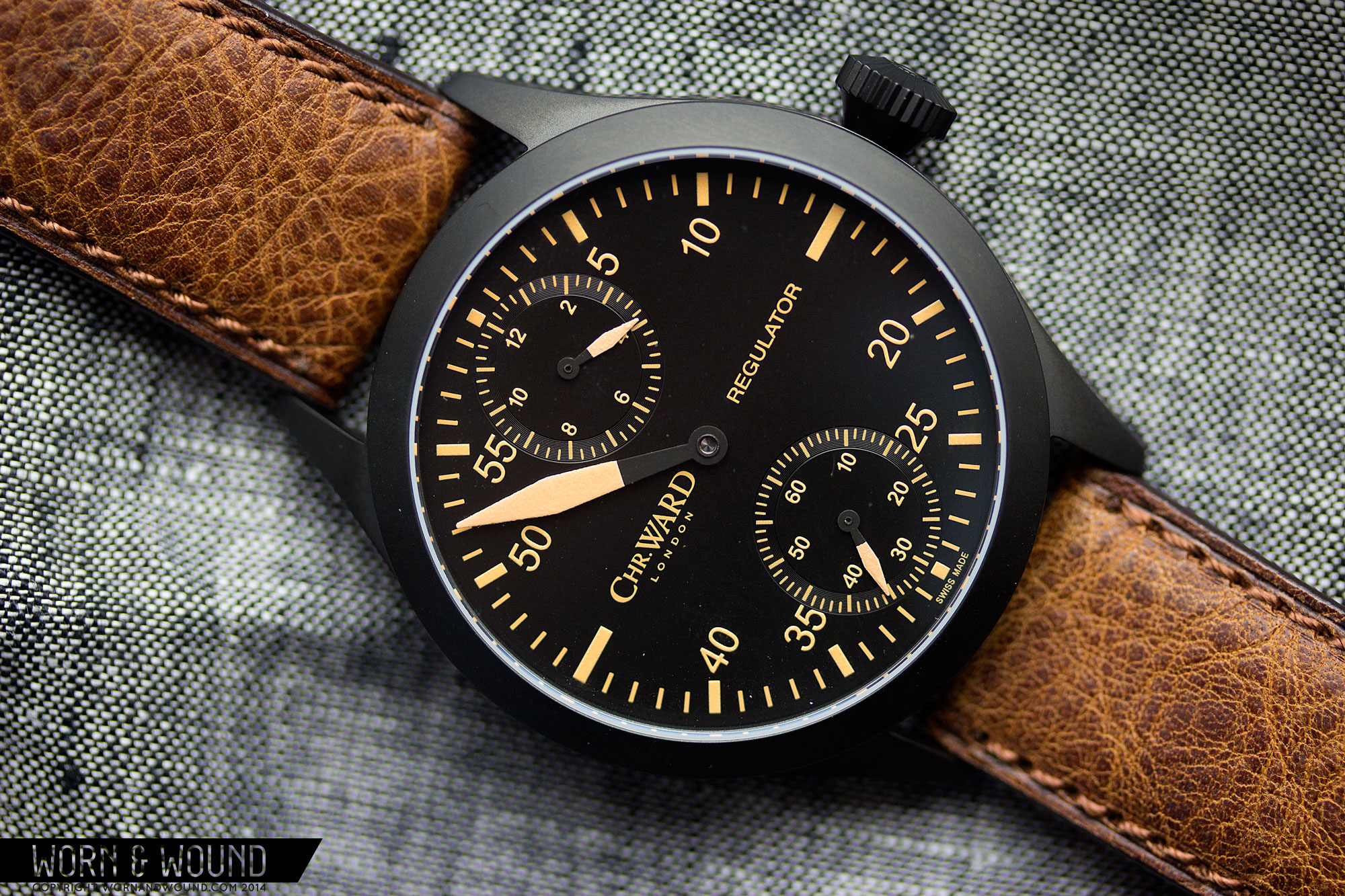
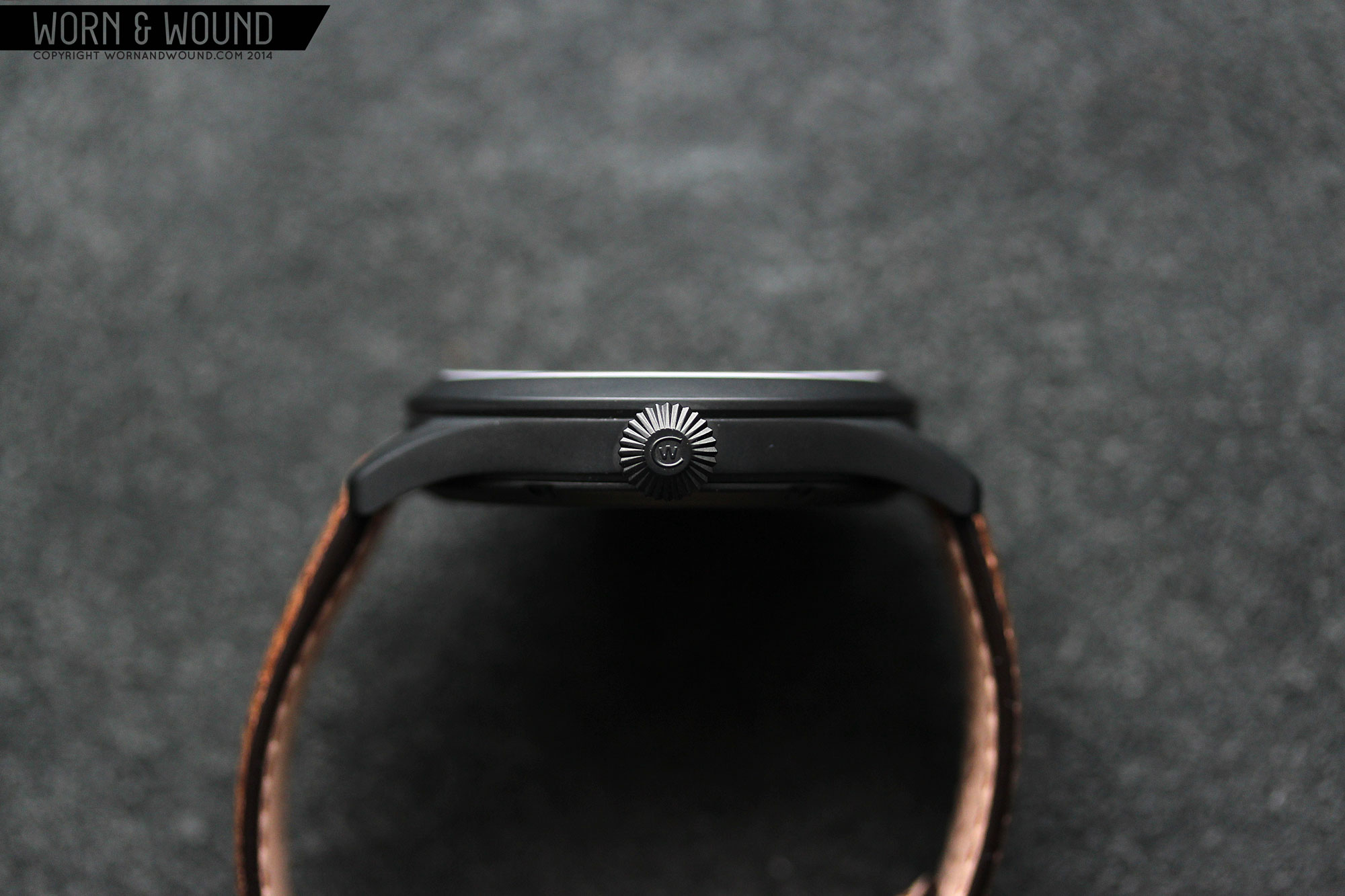
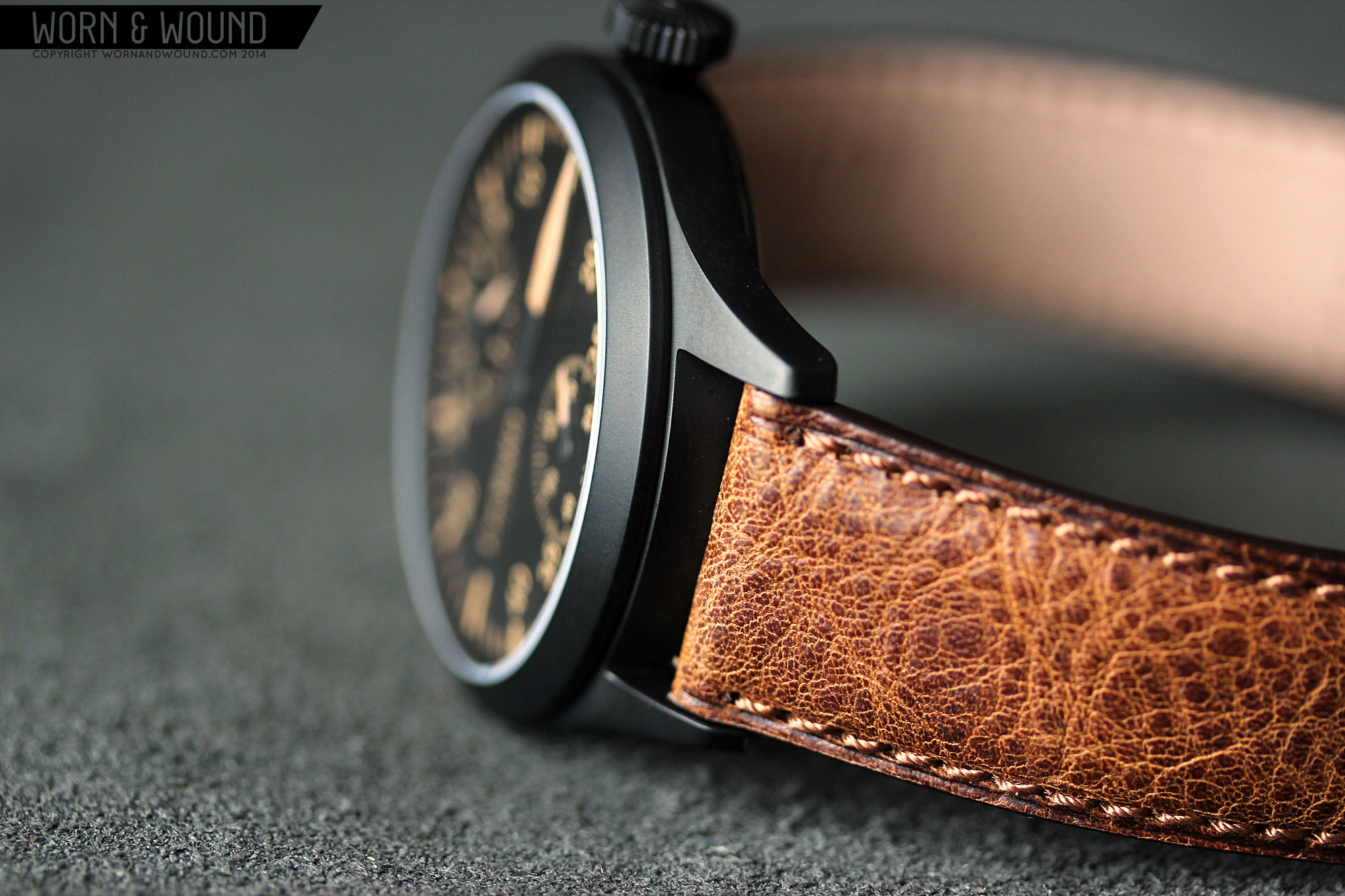
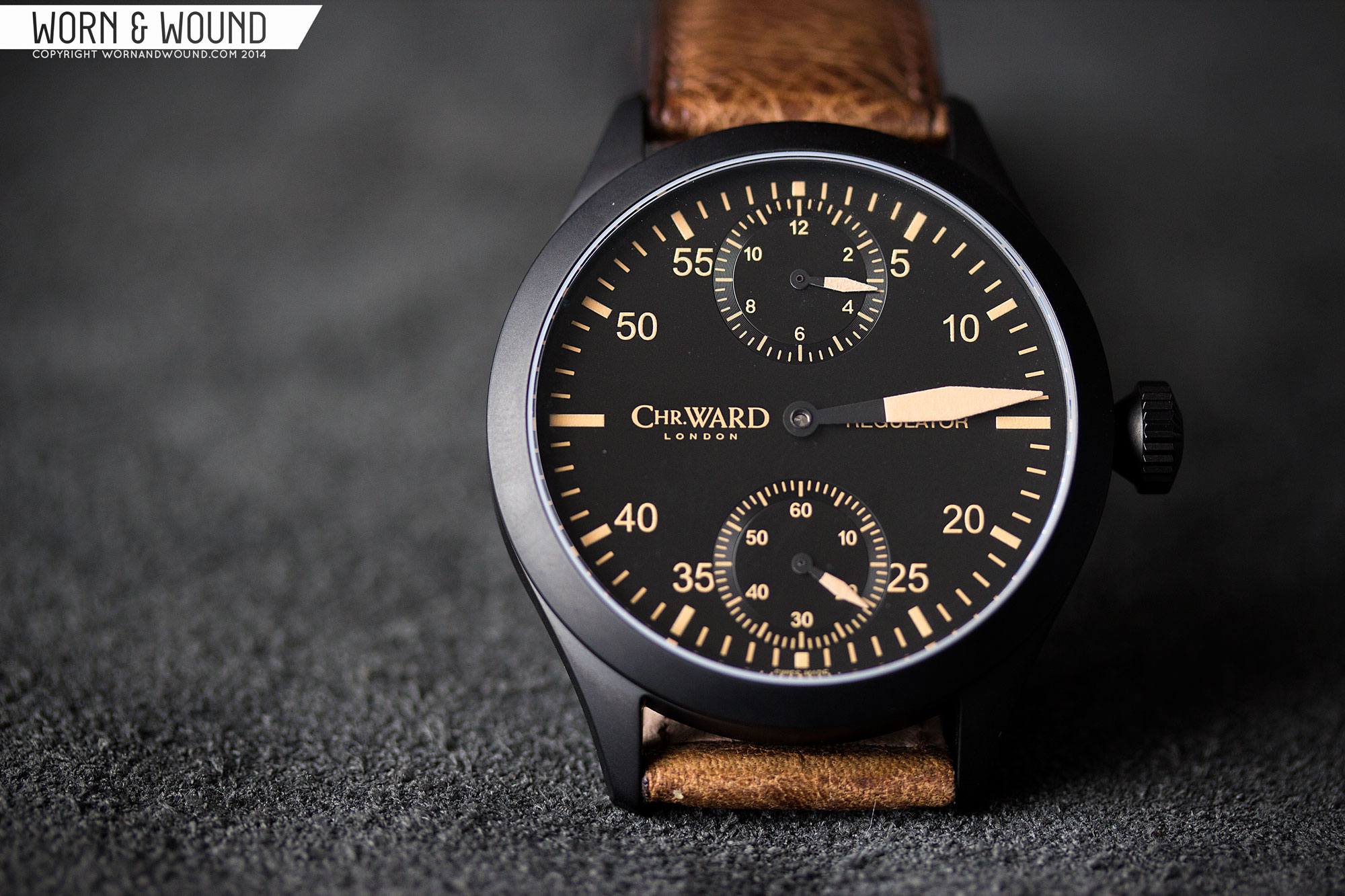
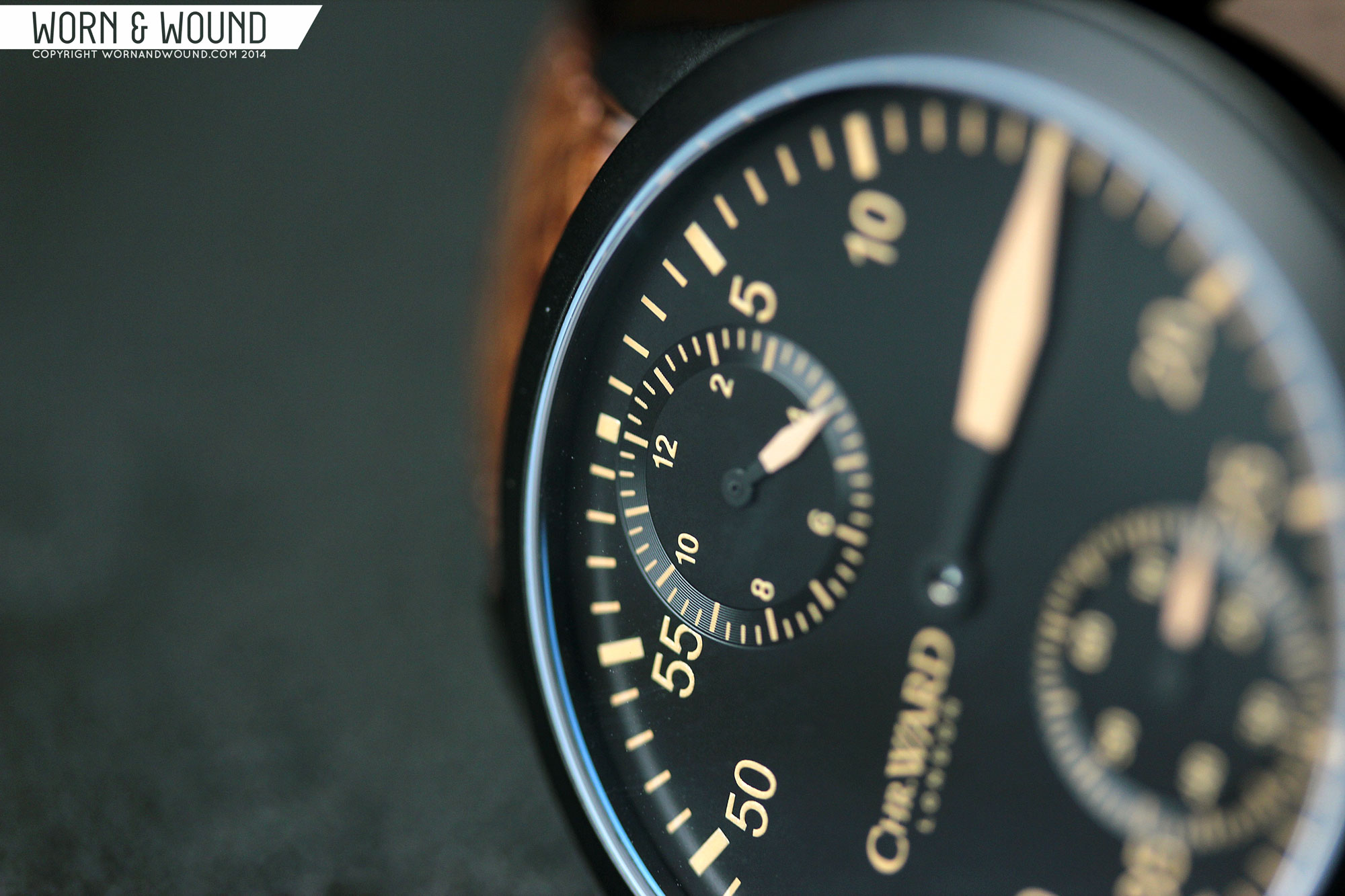

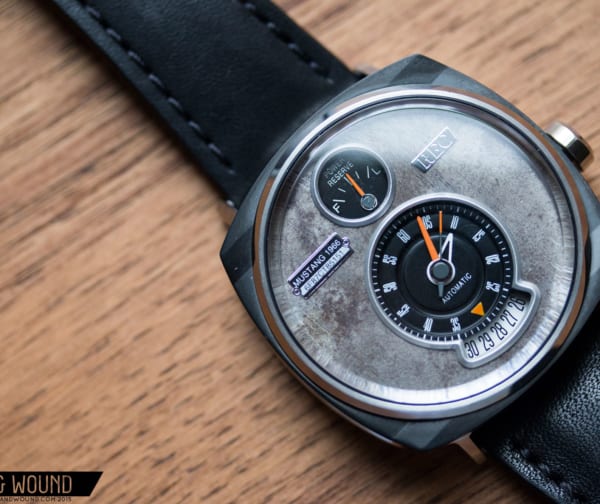
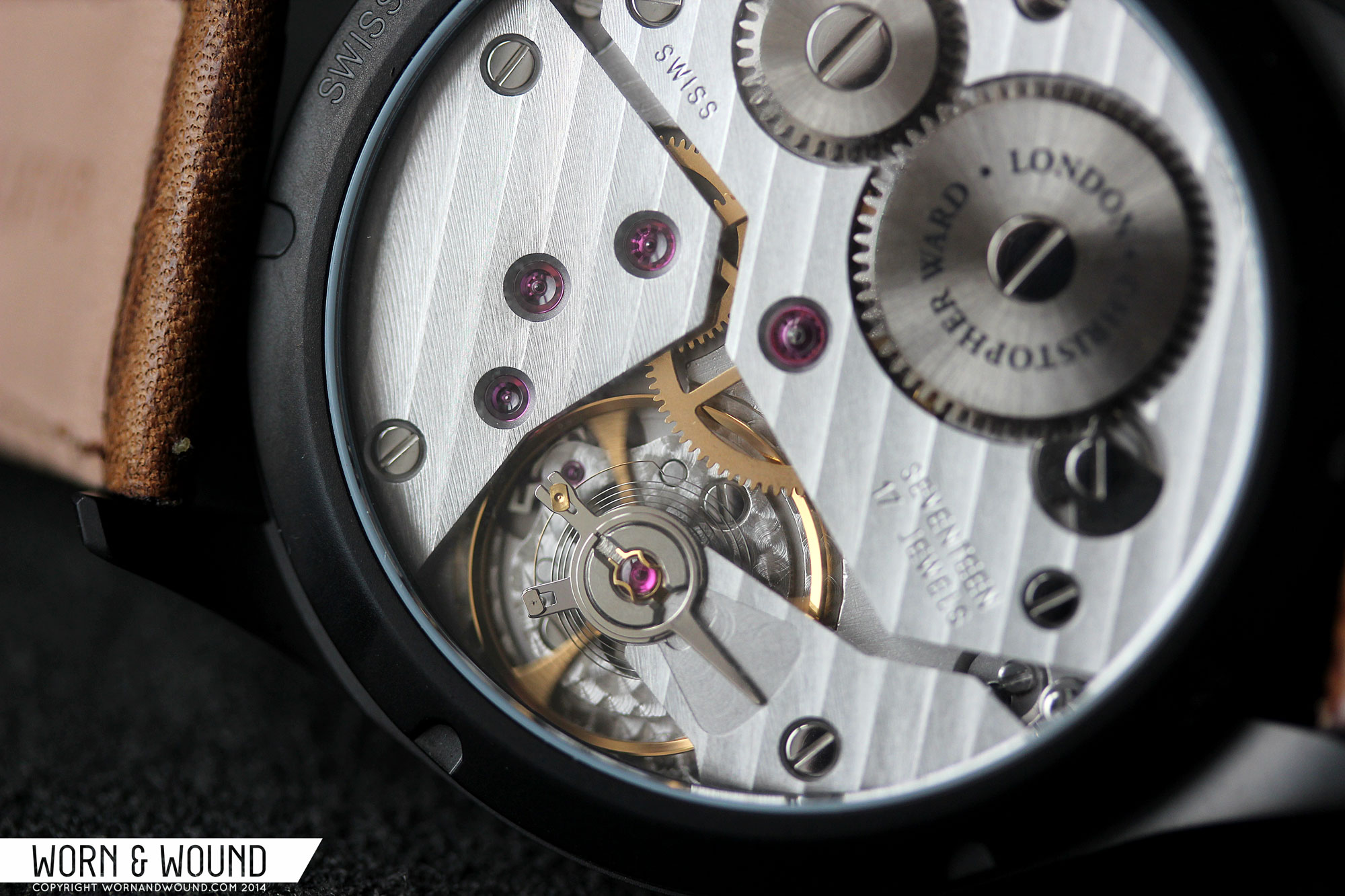
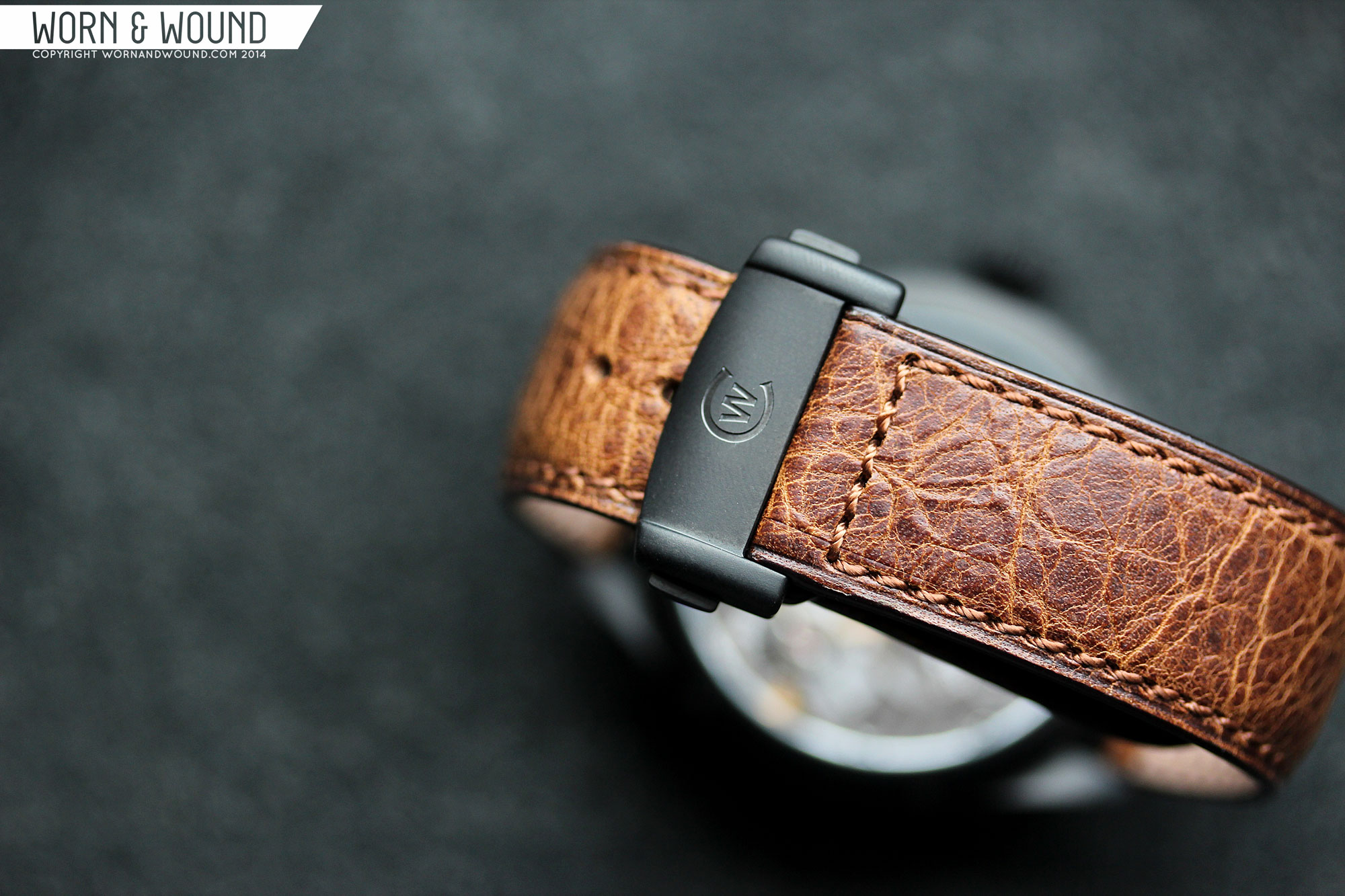

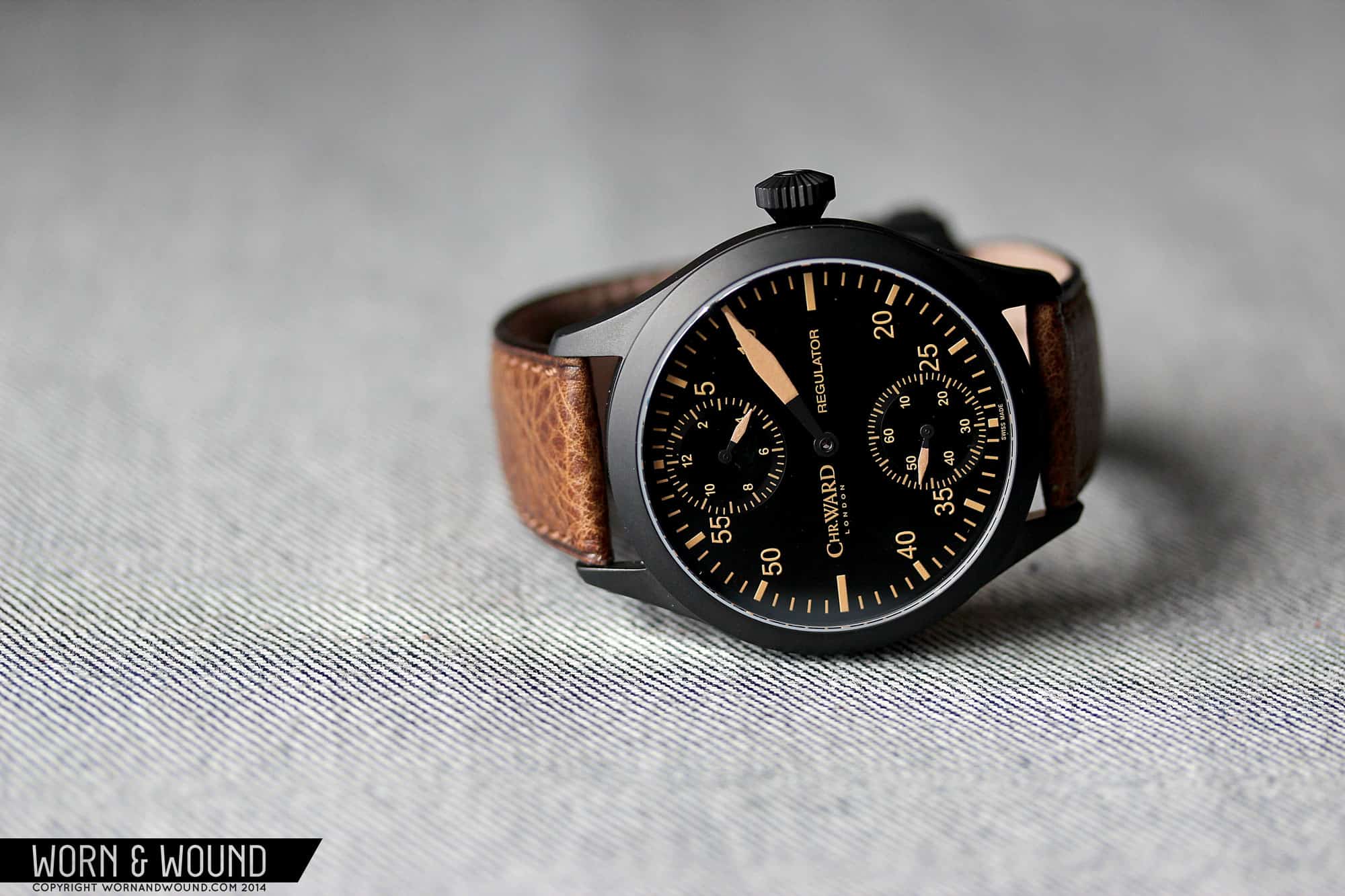

Great looking watch, but I’ve stopped growing.It will never fit my wrist.